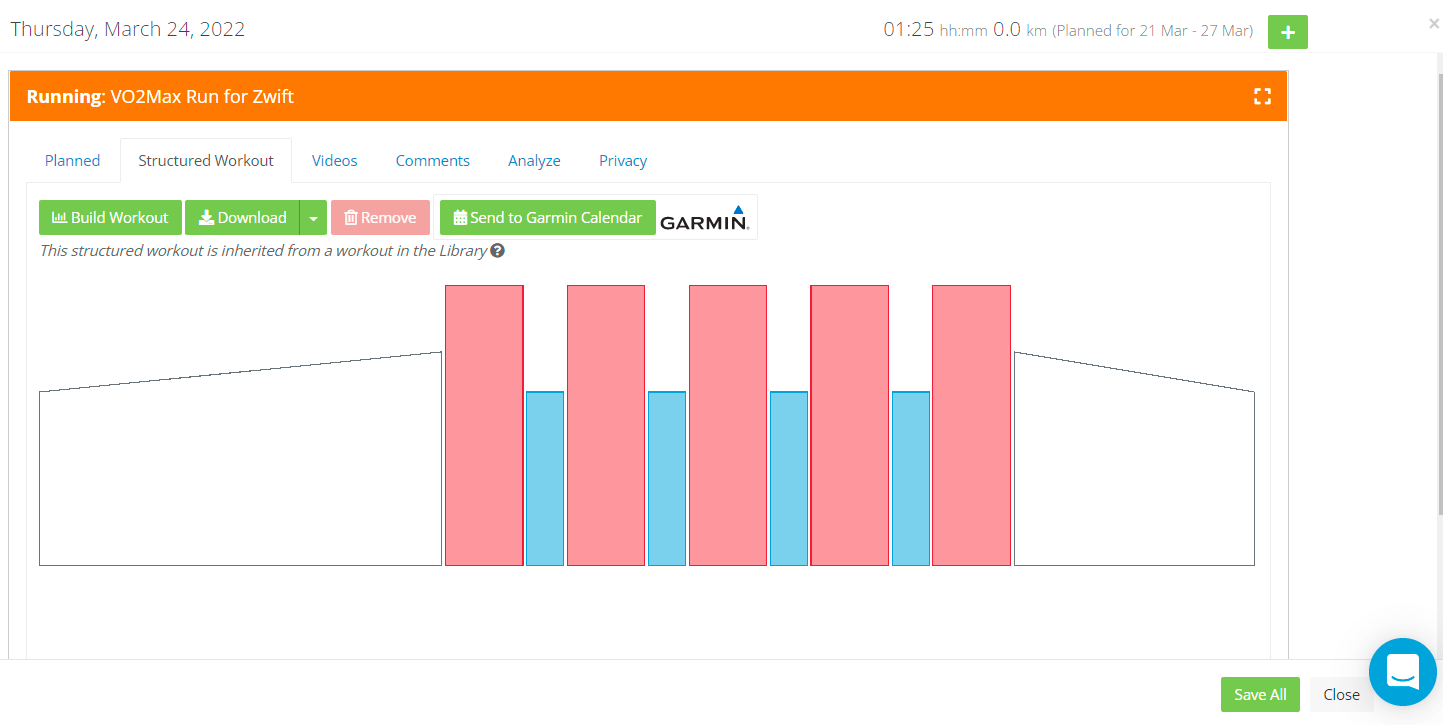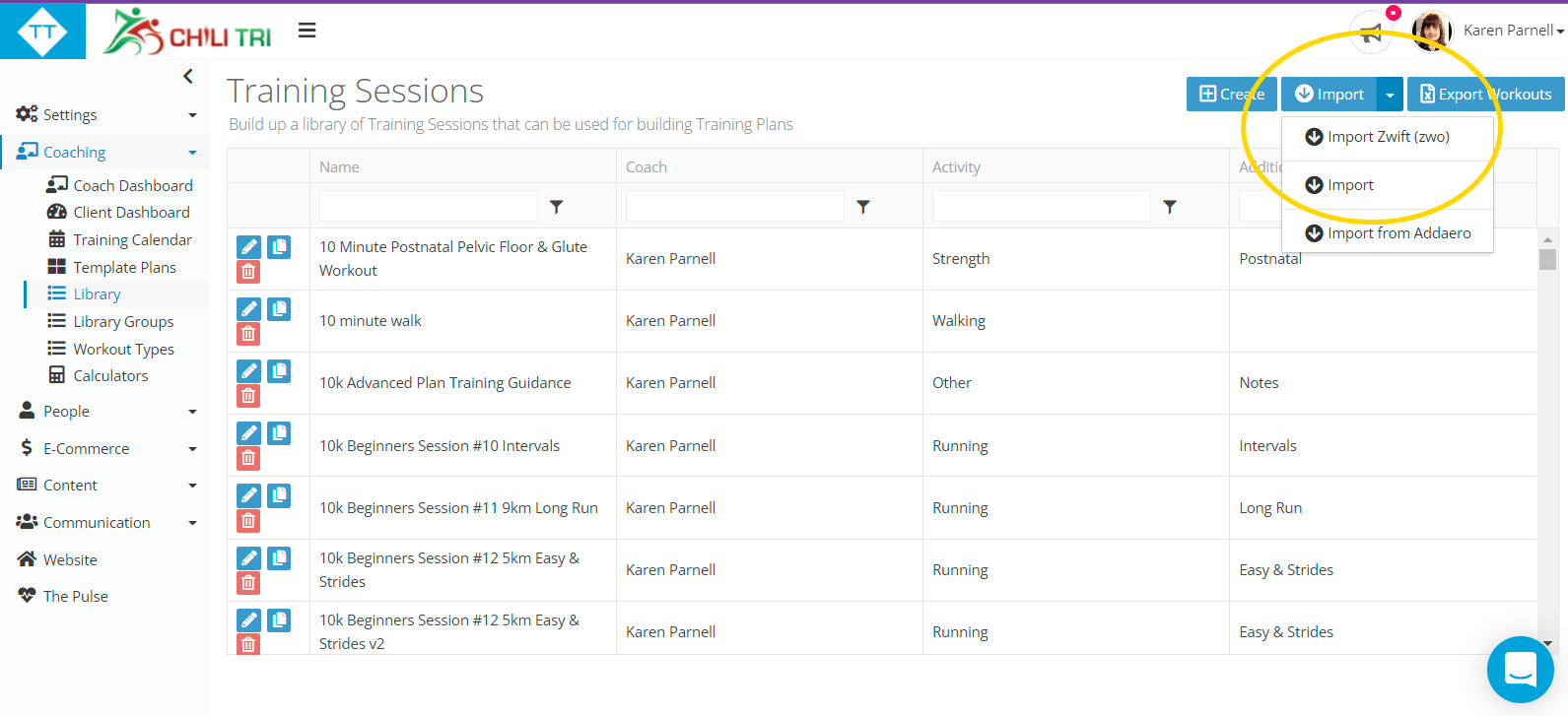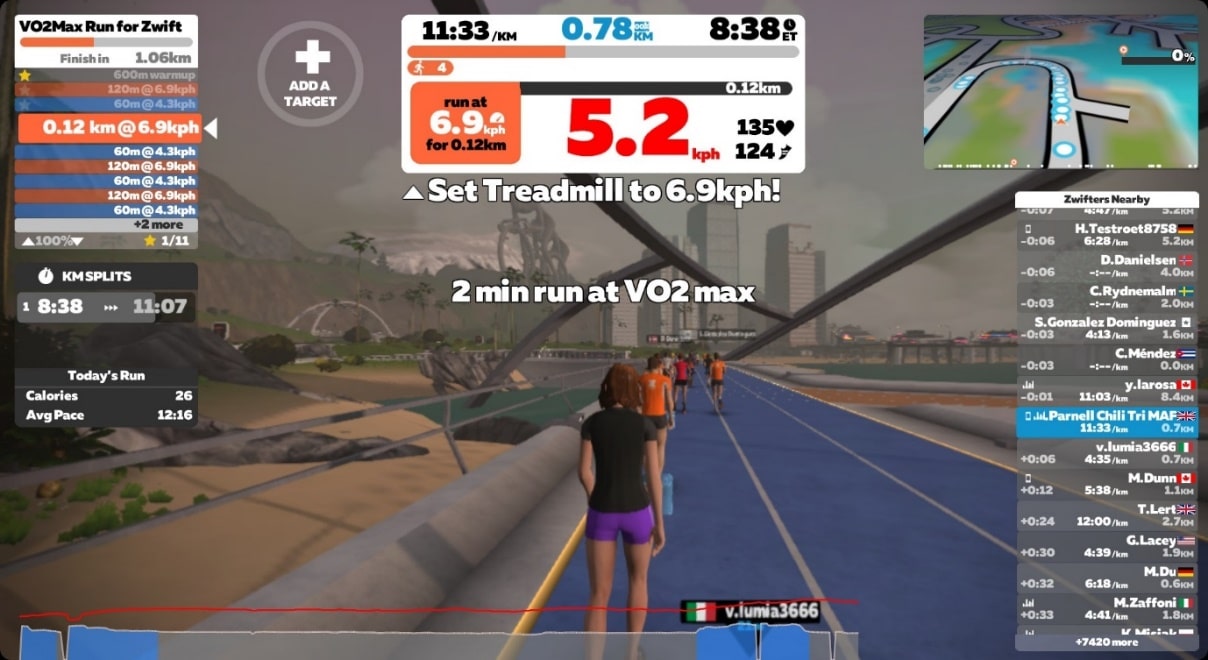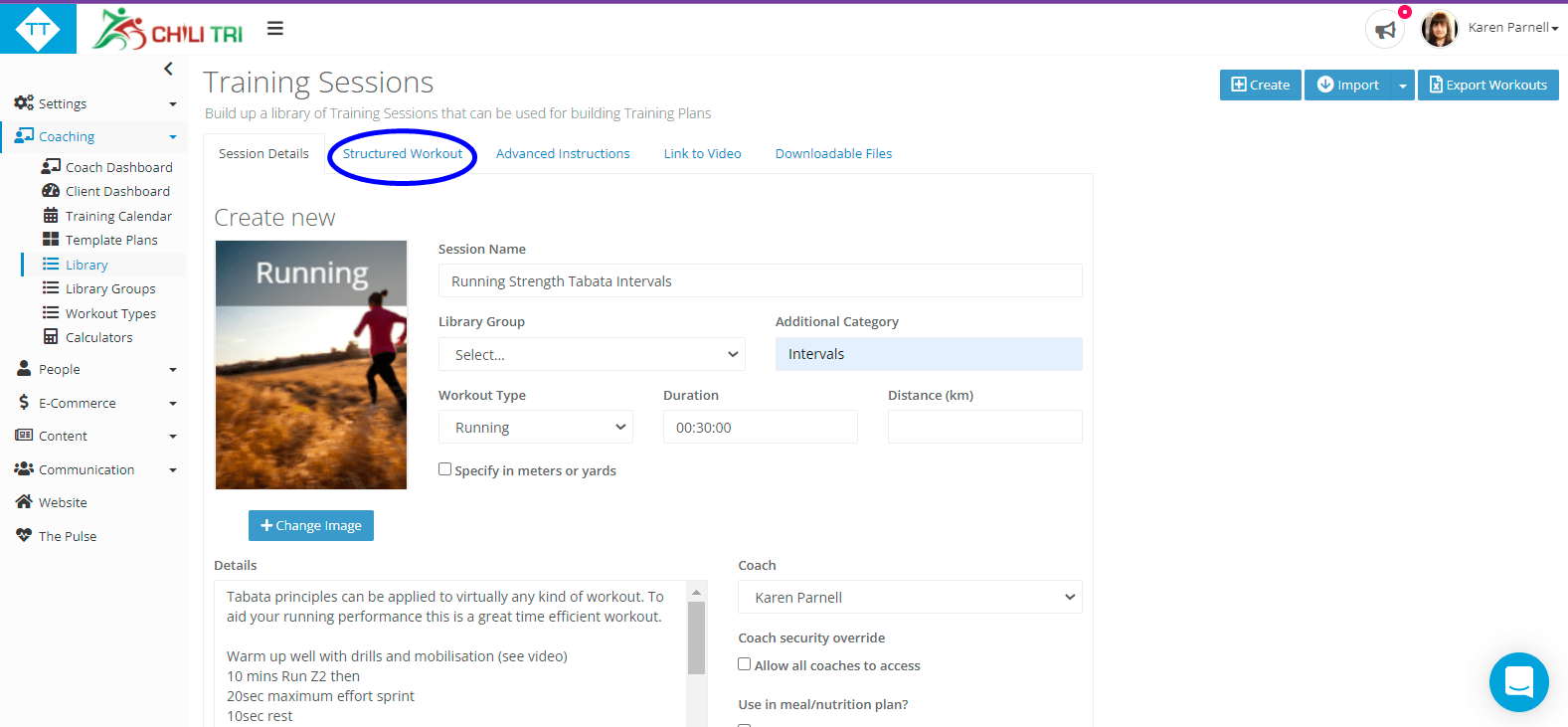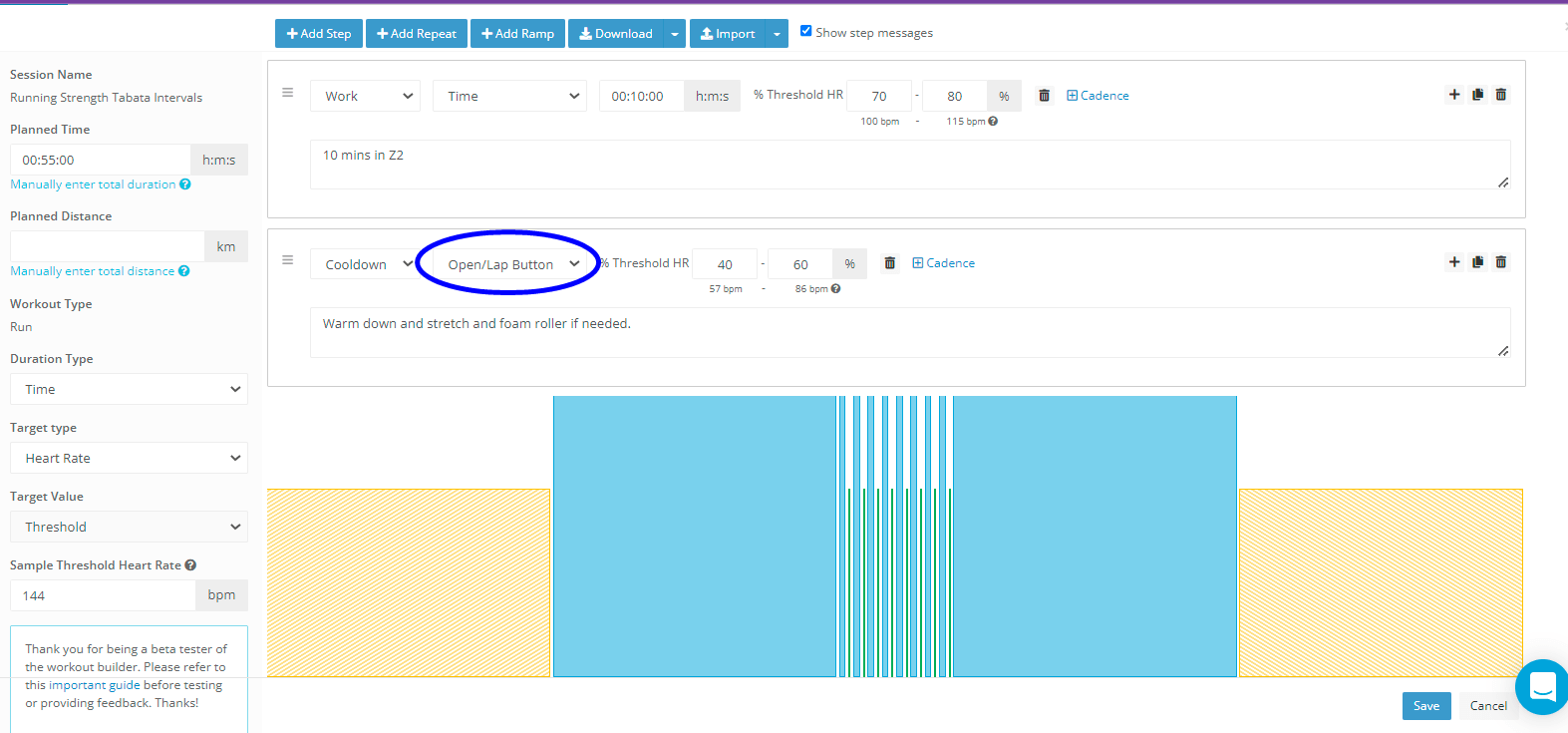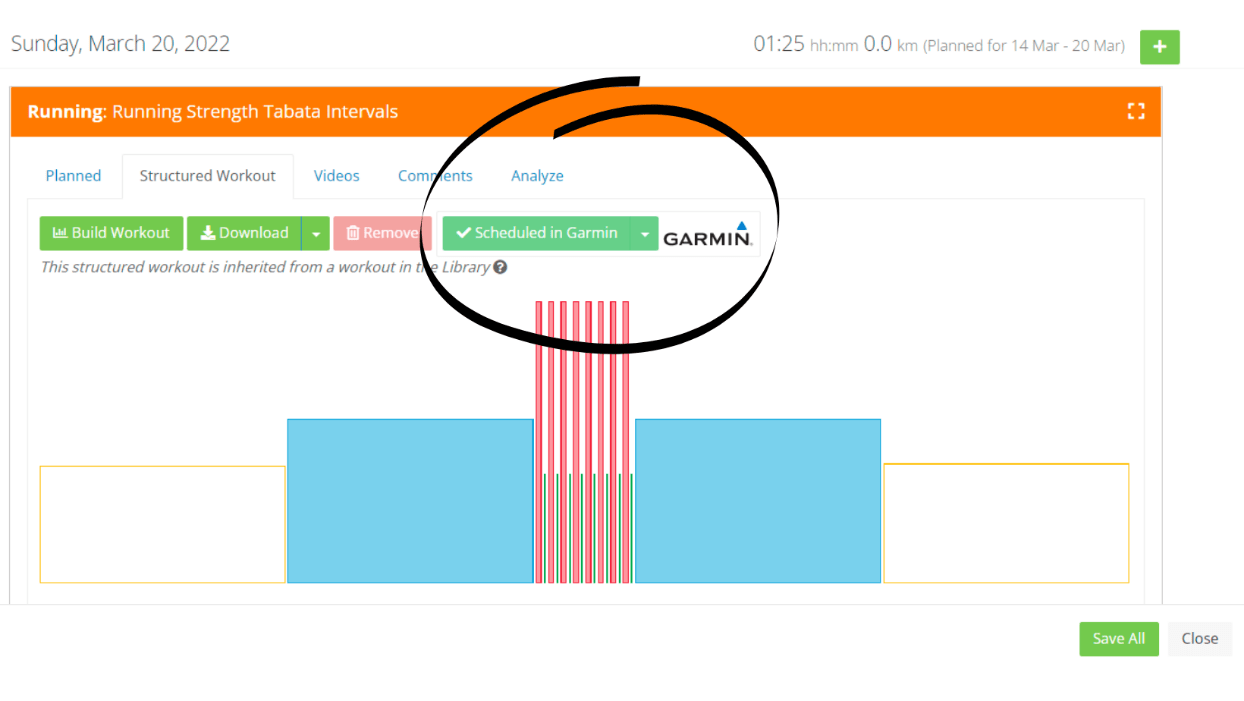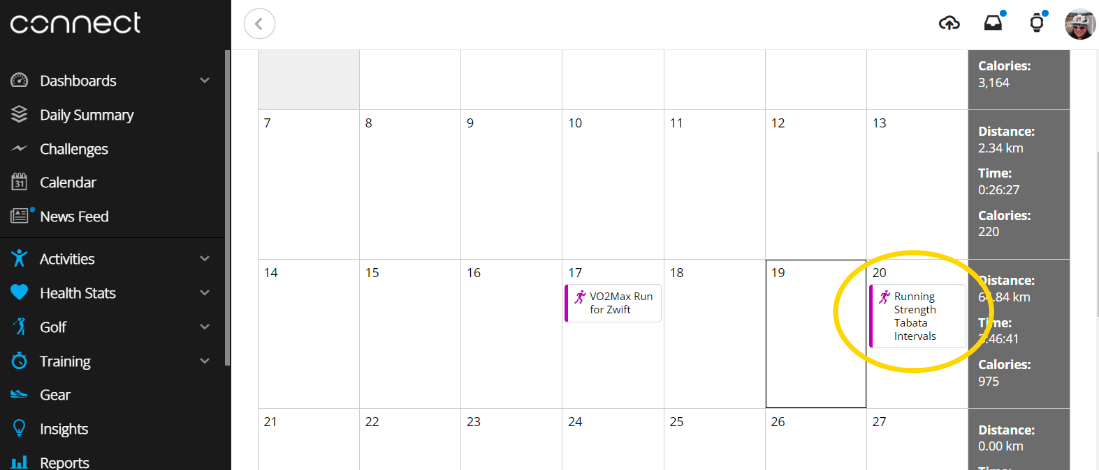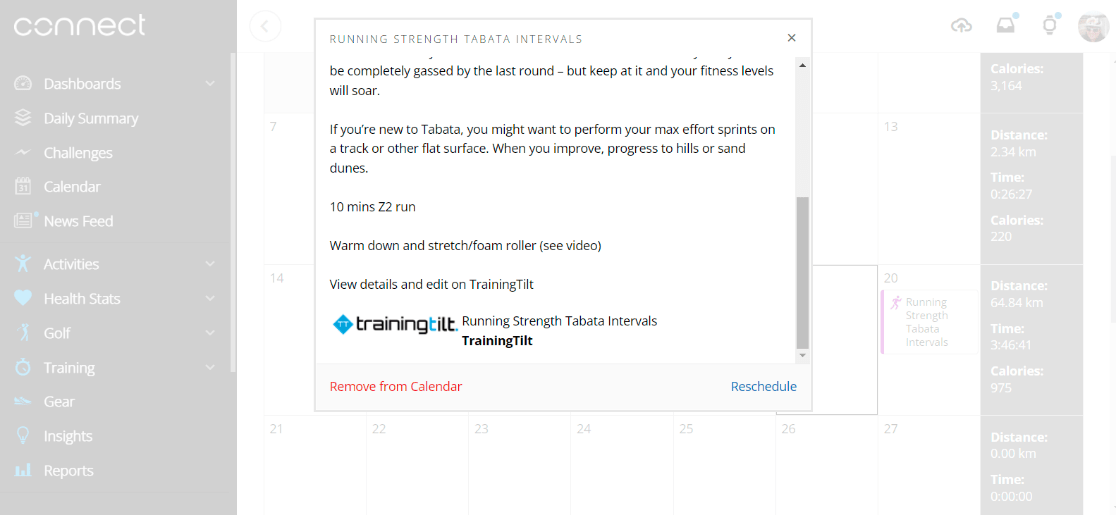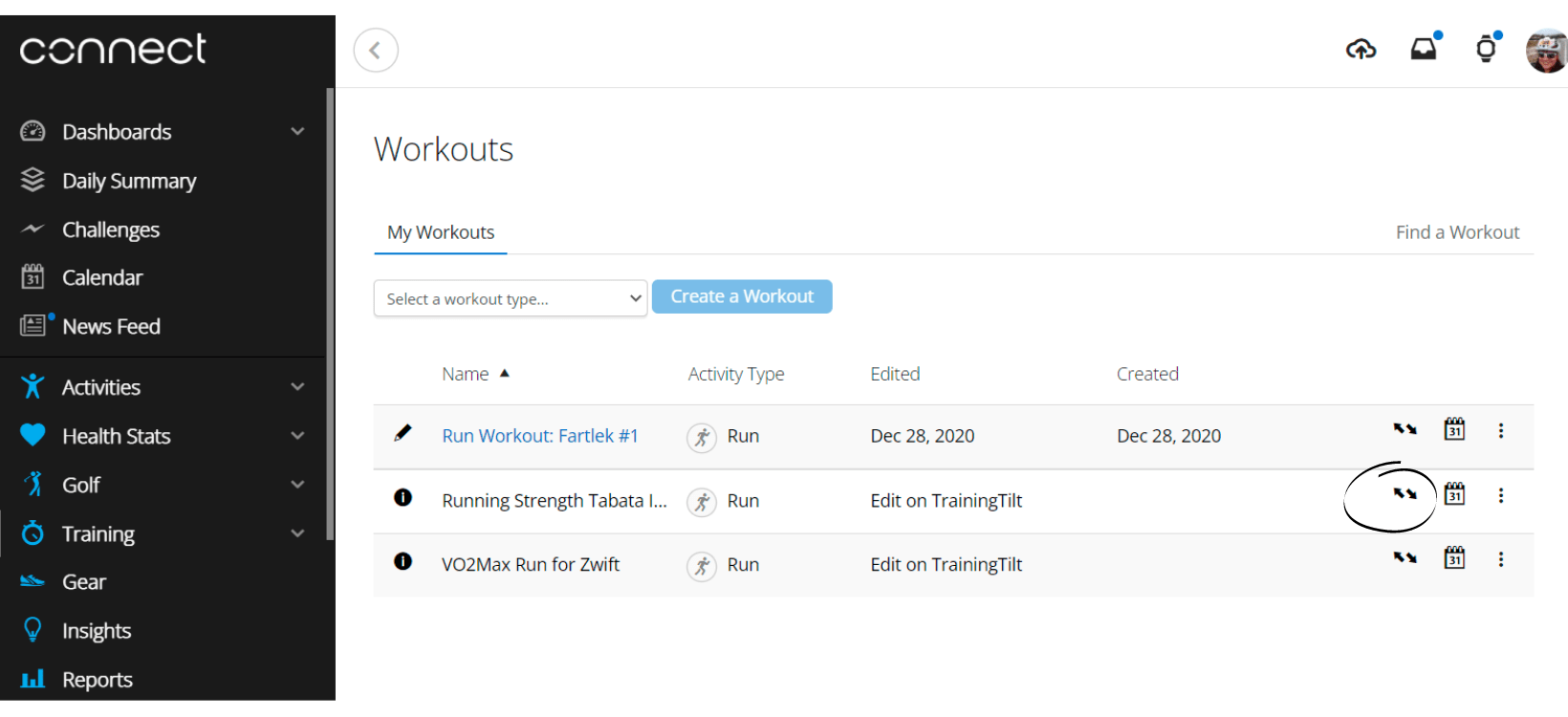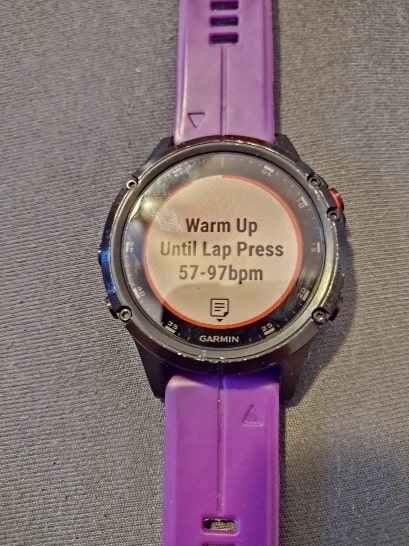Karen Parnell is a British Triathlon Level 3 HPCP Coach & IRONMAN Certified Coach. She is the head coach at ChiliTri and a great contributor to helping Training Tilt become a better platform for running and triathlon coaches.
A few years ago, I used to create my athlete's plans using Excel spreadsheets and sending session plans via PDFs. This was fine when I was coaching part-time, when I became a full-time coach with more athletes this became time-consuming, and my clients were demanding more up to date and better ways to train.
I had an out-of-date website from GoDaddy whose costs were going up and up and an outdated, time-consuming plan delivery method – this had to change!
A coach friend of mine suggested I look at Training Tilt as a website and a way to manage my athlete clients. It was a revelation!
I quickly created a website with a built-in online store which was much better than my old site, so I ditched GoDaddy and saved money. I then populated the client area with training plans, drill videos, recipes, blogs, workout sessions and more. My athletes migrated to Training Tilt easily and were impressed with their new online training plans which they could access via their phone, tablet or computer. It was saving me time and money plus my clients were very happy. At this point, I could also take on more athletes to grow my business.
Structured Workouts
One of the Training Tilt features my athletes appreciate is the structured workouts. Once I was set up on Training Tilt I set about converting all my handwritten session plans to electronic versions with a structured workout. These workouts now include videos of drills, warm-up, warm downs, foam rolling, technique, and training tips. I also included the written training session plan PDF and other written tips to give my athletes options.
There are a number of reasons why I believe all running coaches should be prescribing structured workouts to their clients
They are Easy to Create
The structured training sessions were easy to create, and the run workouts can have a target intensity based on HR, Pace, Power, or Speed thresholds and Duration based on Time or Distance – whatever your athlete prefers.
They Can Be Sent Directly to Training Devices
These structured sessions can be sent directly to your runner's watch or device so they can easily follow the workout with screen prompts and audio or vibrations queues. This cuts down on printing out traditional plans, or the runner having to enter into their device manually or try to commit it to memory.
They Make it Easier for Runners to Execute the Run Properly
Your runners can nail their workout intensities precisely and avoid training too hard or too easy. As we know overtraining can lead to injuries, fatigue, poor mood and sleep and ultimately not achieving their race goals. It's easy to work too hard or too easy once the workout starts if you don't have something guiding you during the workout itself. For example on a Garmin watch if you have headphones connected a voice will tell you the time or distance and intensity of each interval. The voice will also tell you if you are going too hard or too easy.
They Provide Purpose, Direction and Confidence
Structured workouts provide your athlete with purpose and direction. Knowing what your workout is designed to develop will not only give them the clarity they need for extra motivation but will help keep them focussing on the workout throughout, with the end goal of developing a specific component of their running.
It Keeps Runners Accountable
After the workout is complete you can compare the prescribed workout with what your athlete achieved during the session. Coaches and runners can also monitor progress as they complete the same workouts week after week, the coach can track the performance and progress the duration and intensity of the workout as they see fit.
It Saves a Lot of Time
Once you have created a workout you can save them to your library and re-use them with many runners and tweak them to their specific needs, goals and current fitness levels. Workouts can be based on % of threshold values which means as long as the runners have their thresholds set the exact same workout can be used by runners at different ends of the fitness scale. When the workout is sent to the runner's device the intensity will adjust automatically based on their own level.
How to Create Structured Workouts with Training Tilt
Creating a Running Workout from an Import
Before I dive into showing you how to create a workout from scratch, this is a great time saver for you as a coach if you want to write structured running sessions. I have found some great workouts on whatsonzwfit.com that I have imported into Training Tilt. You simply download the file as a ZWO file and save it to your PC. Then go into coaching and library in your Training Tilt account and click on the import button and you will see “import Zwift (ZWO)”, then select the file you would like to import. Next go to your library and search for the file. You can then open it and add more detail to the description and add videos etc to complete the training session workout.
Library view showing ZWO file Import
When your athlete opens the workout in their calendar, they can select the “Download for Zwift” from the download options (as shown above). This will create a ZWO file for them which that can be added to their Zwift account area on their device (save it to documents/Zwift/Workouts/[YouZwiftID] and then start Zwift). Their workout will now appear under the “Custom Workouts” category in the workouts list.
I tried a VO2 max workout I found on the “whatsonzwift” site, and it worked really well. I edited with my own motivational comments inside Training Tilt and these popped up when a new interval started. Adding your own personalised comments will put a smile on the face of your athletes – I guarantee! When you change to a new interval it tells you what to set the treadmill to based on your athletes’ training zones and a big arc appears when they need to run faster or slower.
NOTE: Once you have created this workout for Zwift you can change it to a standard workout by changing the Power target to Heart Rate or Pace and save it as another workout.
The VO2 Max Running Workout in Zwift
Creating a Running Workout from Scratch
If you want to create a workout from scratch, then it’s very similar to writing one for cycling but with a few differences, I will cover here. I’m going to write a session plan for use with Garmin watches.
The run session is strength Tabata:
Warm-up well with drills and mobilisation, 10 mins Run Z2 then 20sec maximum effort sprint, 10sec rest, Repeat for eight rounds. 10 mins Z2 run then warm down and stretch/foam roller.
To start go to coaching => Library => Create
This will open your main screen where you can enter your session name, workout type (in this case running), duration and session description.
Training Tilt Structured Workout Selection from the Training Session area
I like to use time intervals in my sessions rather than distance so it can suit all levels of runners.
From here you can click on “Structured workouts” and build your running workout. On the left select Duration Type such as “Time”, and Target Type in this case “Heart Rate”. At the top of the page, I always click on the box for “Show Step Messages” as I like to add comments on each step, so my athletes know what they are doing or the targets they are striving for.
For the Warmup, I selected “Open/Lap Button” so the athlete can do their normal warm-up and then press the lap button on their watch to skip forward to the first interval once they have finished. All athletes are different, and some need a long warm-up whereas some prefer a shorter one so this gives them the flexibility to do their own preferred routine.
In this session we next have 8 rounds of Tabata, so I selected “Add Repeat” and entered the 20-second max sprint effort then 10 seconds of rest with the repeat set to 8.
I then added the next 10 minutes Z2 effort and entered the details for the warm down.
Then it’s always good to add some videos for things like running drills and post-run stretching and foam rolling.
Screen showing Open/Lap Button selected, Duration Type set to “Time” and Target Type set to “Heart Rate”
This is now ready to save and share with your athlete. In the athlete view below you can see that the athlete has the option to send to their Garmin Connect calendar to show on their watch.
When the athlete opens up their Garmin Connect App this shows what it looks like:
Clicking on the Workout with Show the Detail and that it’s been sent from Training Tilt
This will now appear on your athlete's watch when they send the workout to their device from the Garmin Connect console and sync their watch.
Screen in Garmin Connect showing the “sync” symbol
Once the workout is sent and synced with your watch, they will be able to select the workout from their watch and follow along with the workout – no more written running session plans! This is what the Tabata workout looks like on my Garmin Fenix 5:
Tabata workout created in Training Tilt on my Garmin watch
Why You and Your Athlete Clients will Love the Training Tilt structured running workouts
Your athletes will love you creating structured run workouts for them, here’s why:
- They can use them right from their Garmin device without having to print out their workout. They just need to send it to their Garmin calendar and sync it with their watch. This can be sent automatically using Training Tilt settings or by the athlete from the workout file within Training Tilt.
- They can use them on Zwift if they need to run inside on a treadmill, straight from a ZWO file. You can add motivational notes for your athlete which will appear on their screen!
- The workouts automatically adjust to your athlete’s profile training zones (Power, Heart Rate or Pace) so they know they are training at the intensity level specific to them.
- You can write individualised sessions with Time or Distance durations, whatever you or your athletes prefer.
- Avoid your athlete over or under training by delivering precise session targets. This means they are more likely to meet their race goals.
- Session targets are flexible and can be based on Heart Rate, Power, Pace or Speed – whatever your athlete prefers.
- You will appreciate how you can re-use the sessions with many athletes and customise them to their needs and save them as another workout thus building your library of sessions.
- You can include videos that show the drills, warmup, warm down, foam rolling and any areas you would like them to focus on.
My athletes are really enjoying this new feature and they are really loving the little motivational notes I put on their screen when they are running around Watopia on Zwift! It gives the workout a personal touch that athletes appreciate and makes you stand out from other coaches.
Karen Parnell is a Level 3 British Triathlon and IRONMAN Certified Coach, NASM Personal Trainer and Sports Technology Writer.
Take our Free "Authentic" Marketing Course for Coaches
Designed for endurance sport coaches. Marketing doesn't need to be pushy. The best marketing simply creates a win-win relationship between you and your customers. Take the simple 6 part course to learn more.


